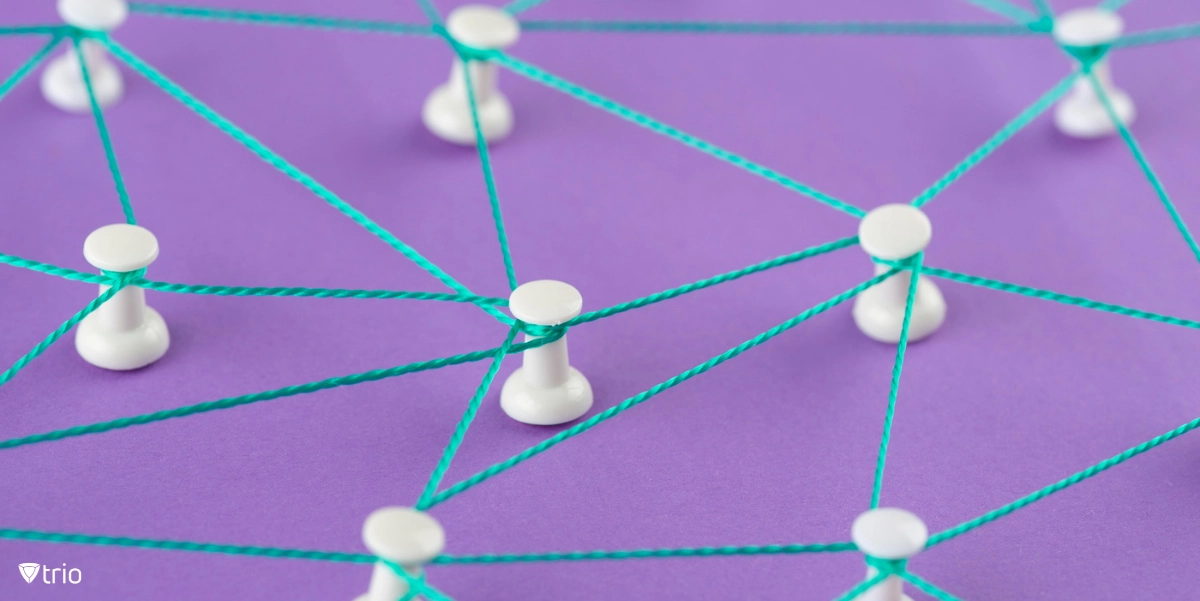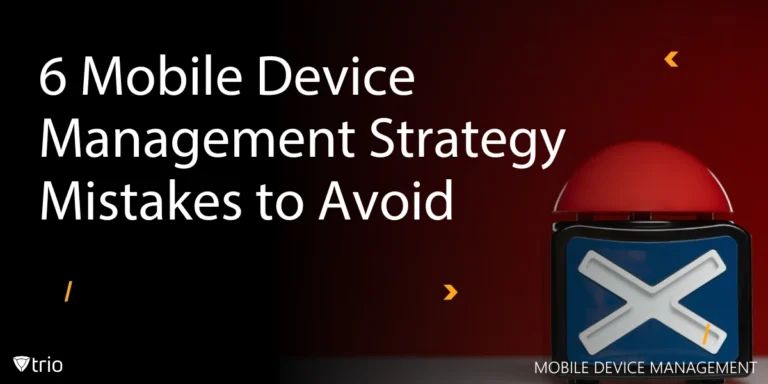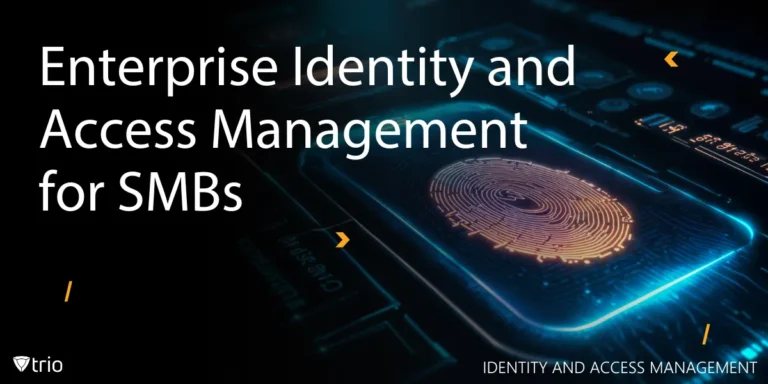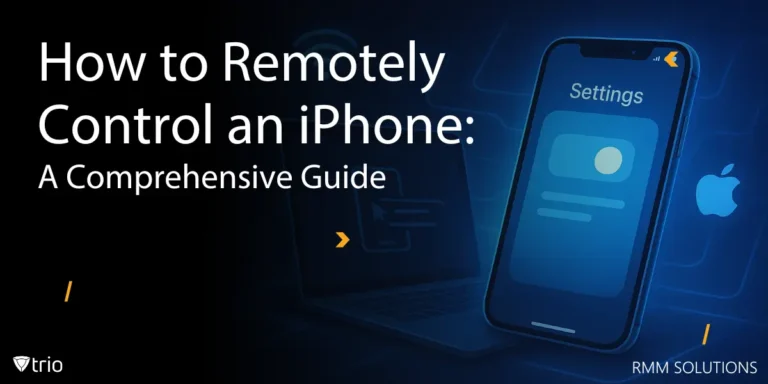Last week, a cybersecurity vendor called CrowdStrike caused millions of systems around the world to crash. According to Forbes, it all happened after CrowdStrike decided to update its malware detection and response system, otherwise known as its Falcon scanning service. Almost immediately after the update was released, devices and clients running Microsoft operating systems started crashing. Though the update was pulled back after 90 minutes, this crash affected many industries for the rest of the day. How did the crash have such a large-scale impact and what can we learn in the cybersecurity industry from this incident?
How Can One Company’s Mistake Cause So Much Trouble?
According to Reuters, CrowdStrike was founded in 2011 and is now operating in over 170 countries. It has approximately 29000 customers around the world, including companies such as Google, Intel, and Amazon. CrowdStrike’s customers aren’t just impressive in numbers or scale, but also in their variety. The company’s customers range from retail giants to sports teams and government agencies.
This was in fact how its mistake affected the world. After the update, clients kept crashing left and right, throughout different industries including government agencies, airlines, healthcare organizations and hospitals, railways, and banks, etc. This meant that even those who weren’t clients of CrowdStrike were affected since they were probably working with other companies that did.
What the Cybersecurity Sector Can Learn
The global computer outage caused by CrowdStrike’s update serves as a critical lesson for the cybersecurity sector. Here are the key takeaways:
The Importance of Rigorous Testing
Before deploying updates, especially those affecting critical systems, thorough testing is imperative. This incident underscores the need for rigorous quality assurance processes to identify potential issues that could lead to widespread disruption.
Diversification and Redundancy
Relying heavily on a single vendor or technology can be risky. Organizations should diversify their cybersecurity solutions and incorporate redundancy to mitigate the impact of potential failures.
Rapid Response and Communication
CrowdStrike's quick retraction of the faulty update was crucial in limiting the duration of the outage. However, the incident highlights the need for effective communication strategies to promptly inform clients and stakeholders about the issue and the steps being taken to resolve it.
Robust Incident Response Plans
Organizations must have robust incident response plans in place to quickly address and recover from such disruptions. These plans should include clear protocols for diagnosing the issue, communicating with affected parties, and restoring normal operations.
Predicting the Future and Responding Effectively
In the wake of this incident, the future of cybersecurity and IT management will likely see several key trends and responses:
Increased Investment in Cybersecurity
Companies will likely increase their investment in cybersecurity tools and services to prevent similar incidents. This includes advanced threat detection, response systems, and regular audits of their security infrastructure.
Adoption of MDM Solutions
Mobile Device Management (MDM) solutions will become more critical as organizations seek to secure all endpoints. MDM can provide centralized control and security over devices, ensuring updates and patches are effectively managed.
Regulatory and Compliance Pressure
Governments and regulatory bodies may introduce stricter cybersecurity regulations to ensure organizations adhere to best practices and protect critical infrastructure from cyber threats.
Conclusion
The CrowdStrike-induced global computer outage serves as a stark reminder of the vulnerabilities inherent in our hyper-connected world. This incident demonstrates the need for rigorous testing, diversified cybersecurity measures, and robust incident response plans. Organizations must invest in advanced cybersecurity tools, including Mobile Device Management (MDM) solutions, to secure all endpoints and enhance resilience. As we navigate an increasingly digital landscape, the lessons from this outage will be crucial in shaping a more secure and robust cybersecurity framework for the future.
Get Ahead of the Curve
Every organization today needs a solution to automate time-consuming tasks and strengthen security.
Without the right tools, manual processes drain resources and leave gaps in protection. Trio MDM is designed to solve this problem, automating key tasks, boosting security, and ensuring compliance with ease.
Don't let inefficiencies hold you back. Learn how Trio MDM can revolutionize your IT operations or request a free trial today!





